It’s mid-morning and heat from the sun is transforming a rugged South African landscape into a spectacular nature show, as thousands of daises and flowering succulents open their petals to form a vast brilliantly coloured living carpet.
This is my first glimpse of the world-famous wildflowers of remote Namaqualand, an area stretching 1000km along the West Coast and into Namibia.
A recognised biodiversity hotspot in the Northern Cape (the country’s largest and least populated province), a kaleidoscope of blooms burst from the sand and granite here each spring.
Their survival, always an against-the-odds battle with the harsh climate in this arid, semi-desert area, is always remarkable.
Read: Where to see Western Australia’s wildflowers
“Our bloom show is always what we call our annual miracle. We particularly appreciate it at the moment, as it’s continuing despite the drop in rainfall levels,” says my guide Malcolm Mostert, as we gaze at a dazzling vista of fuchsia pink, yellow and orange flowers in Goegap Nature Reserve.
It boasts 600 plant species and 45 mammals, including savanna baboons, and is in the heart of ‘bloom country’ around 15km south-east of Springbok, the largest town in Namaqualand.

“Winter rain’s vital to nourish the seeds of the plants which lie dormant in the soil during the dry months and so, of course, flower displays are affected but they’re still so beautiful,” Mr Mostert explains.
“The plants are sun sensitive so won’t open on cloudy days, but there’s nothing to beat that first sight of them after the sun has warmed them, and they’ve lifted their heads to its rays.”

Tourists, including botanists, ecologists and avid gardeners, visit throughout the year, especially during the flowering season from July to mid-September, because Namaqualand boasts around 3500 plant species, as well as one-third of the world’s succulent species.
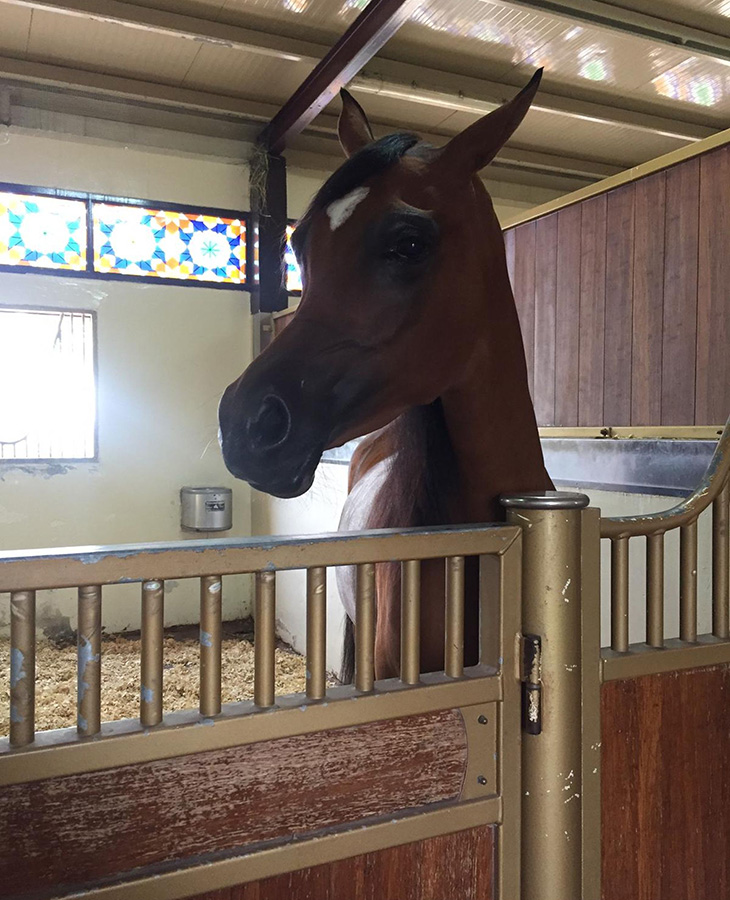
There’s even a dedicated telephone hotline for ‘bloom hunters’, giving flower location hotspots and flower sighting updates along the Namaqua Flower Trail.
Species include the Namaqualand daisy (dimorphotheca sinuata) as well as arctotis, asters, gazanias and osteospermum, and flowering succulents such as cheiridopsis, carpobrotus and crassula.

Remarkably, in such unforgiving territory, there are trees too. Quivers (kokerboom) with water-storing leaves and shallow roots take advantage of every drop of moisture. Their name derives from the ancient practice of the indigenous San peoples (also known as Bushmen) using their tubular branches to craft quivers for their arrows.
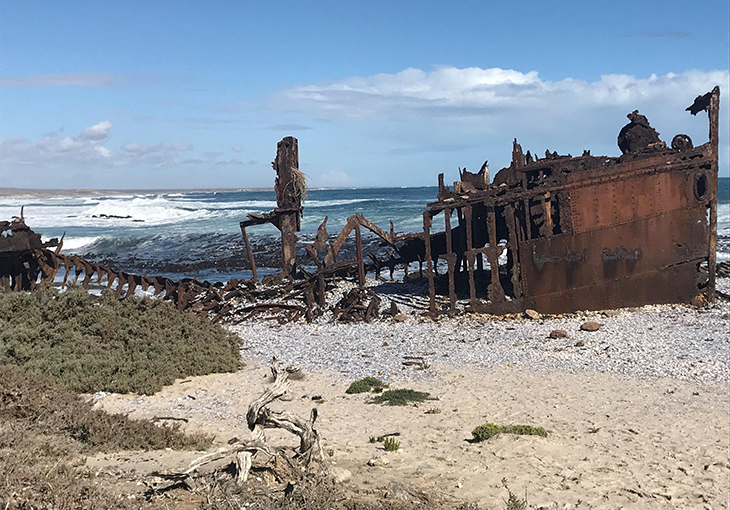
Drawn by the lure of refreshing sea breezes, shipwrecks, whale and dolphin spotting, as well as pristine beaches, I head north-west to the Diamond Coast.
In the 1800s, diamonds discovered in the Northern Cape laid the foundation for South Africa’s economy. Mining focused on the seabed, so this coast, previously a restricted area and still owned by mining corporations, was for decades left untouched and unspoilt.
My guide, Rodville Adams, takes tours between Koingnaas and Kleinzee, covering coast and country, which he describes as a place to “refresh the soul and bathe in nature”.

The only noise is the barking of seals – colonies of Cape fur seals bask on rocky outlets and squabble for territory during the mating season (September to October) – to the accompaniment of the whistling cry of the Cape long-billed lark and the crashing Atlantic waves.
There is one sign of man’s incursion – the metal skeletons of three wrecks, the Piratiny, Border and Arosa, jutting from the sand, which is littered with shells and even an occasional whale bone.
The area is, says Mr Adams, fast becoming a tranquil refuge for those seeking to escape the stresses of modern life.
Read: Stunning South Africa
“So many people come here as a way of stepping off the grid. They want a digital detox where they connect only with nature, and camp, walk, hike, surf, fish and recharge themselves. Adrenaline-seekers have the driving challenge of taking 4x4s across the sand dunes.”
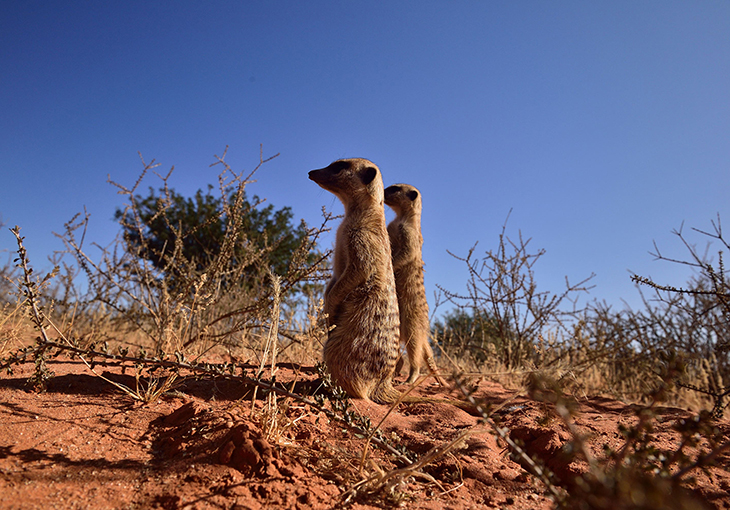
While there isn’t the drama of a Big Five safari, this is home to ‘The Shy Five’ – aardvark (an odd mix between a rabbit, piglet and a kangaroo), porcupine, bat-eared fox, aardwolf (like a small hyena) and meerkat, which vanish into underground burrows in an instant.
If they prove too elusive, there are other creatures – ostrich, antelope, springbok, duiker, hartebeest and klipspringer, as well as birds, including falcons and Verreaux’s eagles – to spot.
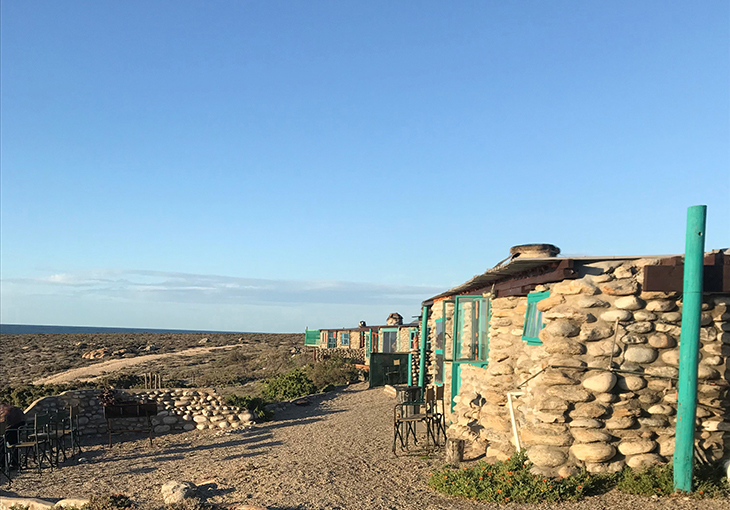
Coincidentally, Richard van Ryneveld, a former diamond diver in the 1970s, who helped build cottages at Noup Farm in the Koingnaas/Kleinzee area, is back for a nostalgic visit. “It was incredibly dangerous work, as we’d often have to try to dislodge rocks to locate them,” he recalls.
Read: A taste of South Africa
“We could only dive in calm seas and we’d spend weeks waiting for a weather window. Then we’d take our chances beneath the surface to search, but conditions could change quickly. A friend of mine died in the rocks, so although we were well-rewarded it was an isolated, perilous life.”
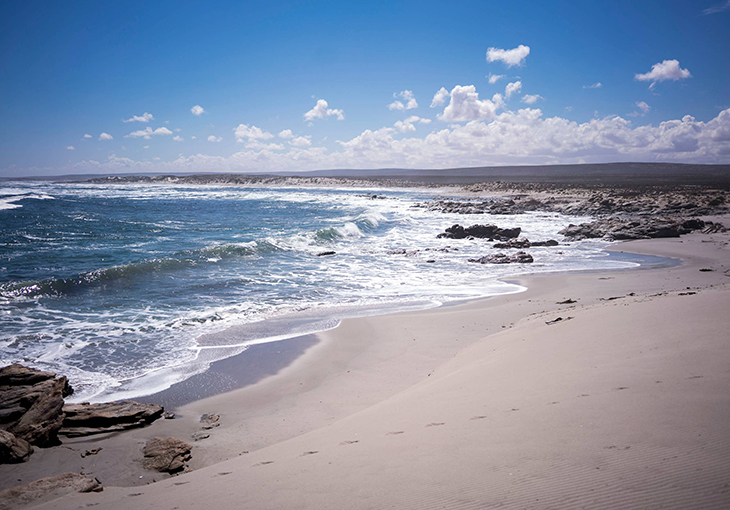
In contrast with the Noup’s quaint simplicity, ‘glamping’ in Namaqua National Park is a luxury experience. The ‘bloom’ show is so popular that the park hosts a tented Beach Flower Camp during peak season. This, perched above the beach, north of its Groenrivier entrance, caters for bloom hunters and those seeking a break in the wilderness.
Have you been to South Africa? Would you like to see the wildflowers? Leave your thoughts in the comments section below.
– With PA
If you enjoy our content, don’t keep it to yourself. Share our free eNews with your friends and encourage them to sign up.

